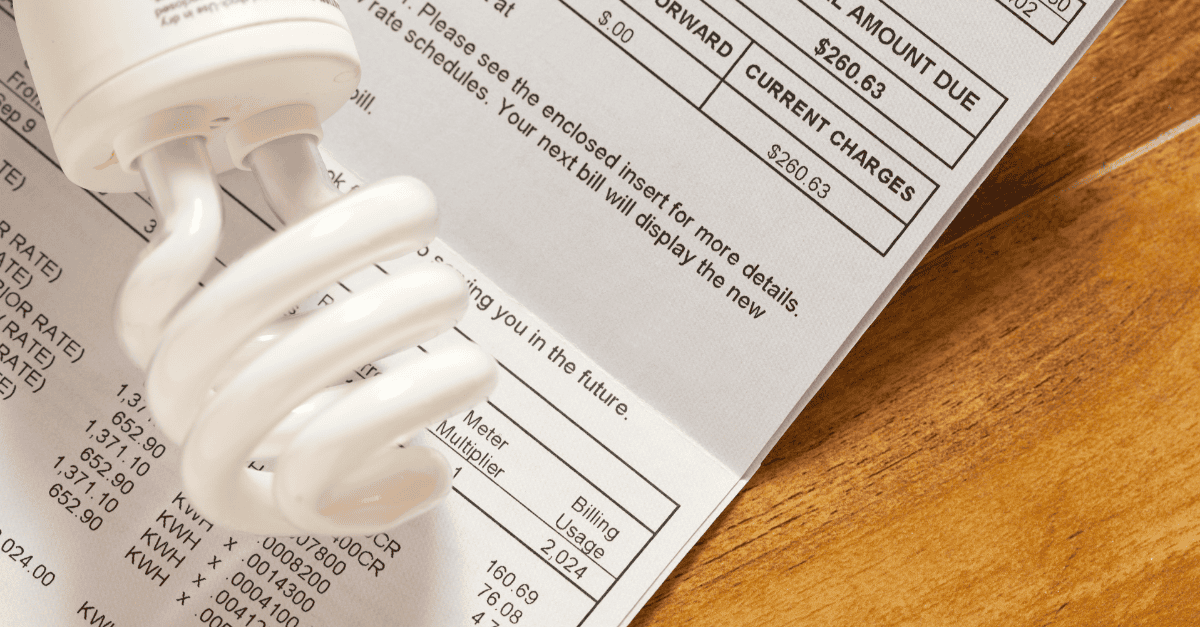
Fifty years ago, the first Earth Day was celebrated to raise awareness about such significant environmental challenges as water and air pollution and the urgent need to protect nature from human activity. It started with the idea of one man who wanted to attract the attention of Americans to the problem of scarce natural resources and promote the concept of living in a more sustainable way.
Today, hundreds of organizations and millions of people across the world take part in various activities not only on Earth Day but throughout the year. One worldwide famous example is Earth Hour which usually takes place at the end of March. The idea is simple: you turn off the lights to prove that even small, baby-step actions are powerful when done by millions. While you might not see any immediate benefits of turning the lights off for an hour for your household, being mindful about how you use electricity is already a huge step.
In this article, we’re looking at the ways your business can become a part of the global community that believes in a sustainable future and is ready to act on it.
Why bother about your business’s carbon neutrality and sustainability
Canada and US have recently joined over 120 countries in commitment to becoming carbon neutral by 2050. On top of that, Canada has also increased its greenhouse gas (GHG) reduction targets for 2030 and now aims at cutting GHG emissions by 40 to 45 percent below 2005 levels.
But what does that even mean for your company? Overall, being carbon neutral means that all carbon emissions tied to an activity are neutralized. If you dive into this topic, you will come across multiple terms, such as offsetting, decarbonizing, cancelling out, but don’t get overwhelmed too fast because they all refer to the same concept: no matter how much carbon is released into the atmosphere along the supply chain, it should be counterbalanced by using green energy or supporting projects that reduce or avoid carbon emissions, in other words, purchasing carbon offsets.
Unfortunately, a major misconception that has been around for a long time grew up around the topic of GHG emissions and carbon pollution. Even now, if you close your eyes and try to visualize “CO2 emissions”, you’re likely to picture a large industrial manufacturing facility with menacing pipes puffing out dangerous smoke. Quite contrary to this picture, carbon dioxide is associated with almost everything we do in our personal and professional lives. Even such an innocent activity as drinking coffee generates carbon emissions.
Carbon-free businesses don’t exist
As a business leader, you should always keep in mind that your company is not carbon-free no matter what you do or sell. For example, if you run a construction company in Alberta, you might think that the amount of GHGs associated with your business is less significant compared to manufacturing plants. However, the production of building materials you use and construction activities you perform are already responsible for 10% of global energy-related greenhouse gas emissions, according to the 2020 Global Status Report for Buildings and Construction.
Even if you own a small store that sells indoor plants, look closer at the whole supply chain your business is involved in. You’ll realize that each action, such as taking deliveries, paying your electricity bills, or printing out a receipt, has its carbon intensity level.
Fortunately for your clients, this doesn’t mean you must give up on your business ideas. Next, you’ll find out what you can do today, tomorrow, and next month, to reduce carbon emissions and slow down climate change.

Four ways to invest in our planet:
1. Introduce cleanups as a voluntary policy in your company
Deep spring cleaning doesn’t have to be tied to one season only! Take it one step further by offering your employees to pick an area not far from your office and organize a team cleanup. If your company is fully remote, book some time when your team members can go and pick up trash in their communities. Check out this map to find cleanups already planned and register for an event! Also, remember to follow these rules for everyone’s health and safety
Another great idea is cleaning up your digital space. Did you know that emails also leave carbon footprints? Every email you send or receive uses energy that powers your device and the network. Plus, it takes up the storage space. With each of us having several inboxes and receiving tons of emails every week, the problem is real. So use your inbox wisely: update your mailing lists, only message people who need to read the email, and delete all the emails you don’t need.
2. Plant a tree. Or a couple.
Nowadays, there’s no need in contacting local authorities to get approval and know where to plant, going to a garden center, buying all the necessary equipment, etc. You can find tree planting projects all over the world here! Besides, try searching for local initiatives. For example, the City of Edmonton runs an ongoing “Root for Trees” program. You can register as a group of volunteers, choose the date that works best for you, and receive seedlings, equipment, and guidance to plant trees in designated areas.
3. Take charge of your energy consumption
Switching to LED lights and energy-efficient equipment are usually the first things that come to mind when business owners start thinking about optimizing their energy use. But did you know that you have the power to choose your energy supplier and access cost-effective rates that are not available to the open market?
Today, different suppliers offer businesses various options to go green one step at a time. For example, Encor by EPCOR has green energy plans that support green and renewable power sources. However, it can become a challenge for whoever is responsible for energy bills to research all suppliers and find the best program on their own. That’s where the team of industry experts and DNE Resources steps in. We’d be honoured to help you find the most efficient energy plan and cut your monthly energy spending. Contact us today to spend less next month.
4. Learn more about local initiatives
You don’t need to read 50-page reports on net-zero goals and get a degree in corporate sustainability to understand how new initiatives affect the way you run your company and where you can contribute to creating a better world. All you need to do is dedicate a couple of hours every month to monitor what your national and local authorities suggest and do to meet the goals. Knowledge is power, so follow reliable sources (for example, the Government of Canada and the White House) to learn more about carbon taxes, Renewable Energy Credits (RECs), and ways to start a successful carbon-neutral journey. For everything energy-related, we are only one click away!
In summary, supporting the environment and making your business more sustainable is not as demanding as it sounds. While the concepts of carbon neutrality and going net-zero might seem confusing and too high-level for us to take part in, we can all do our part in reducing carbon emissions by looking at operations, regular processes, and new initiatives that can be introduced at minimal or no cost. Let’s start small by celebrating Earth Day on April 22nd, learning more about what we can do throughout the month, and planning small steps for the rest of the year to live better, work better, and feel better.
Others articles you might like
The top three things you need to make the best decisions for your energy spending
You already know this: the global energy landscape is changing. And you’re probably wondering how it will af...
16 March 2022How to read your energy bill
We can all agree that the monthly energy bill is not exactly the most enjoyable letter to hold in your hand....
8 March 2022



